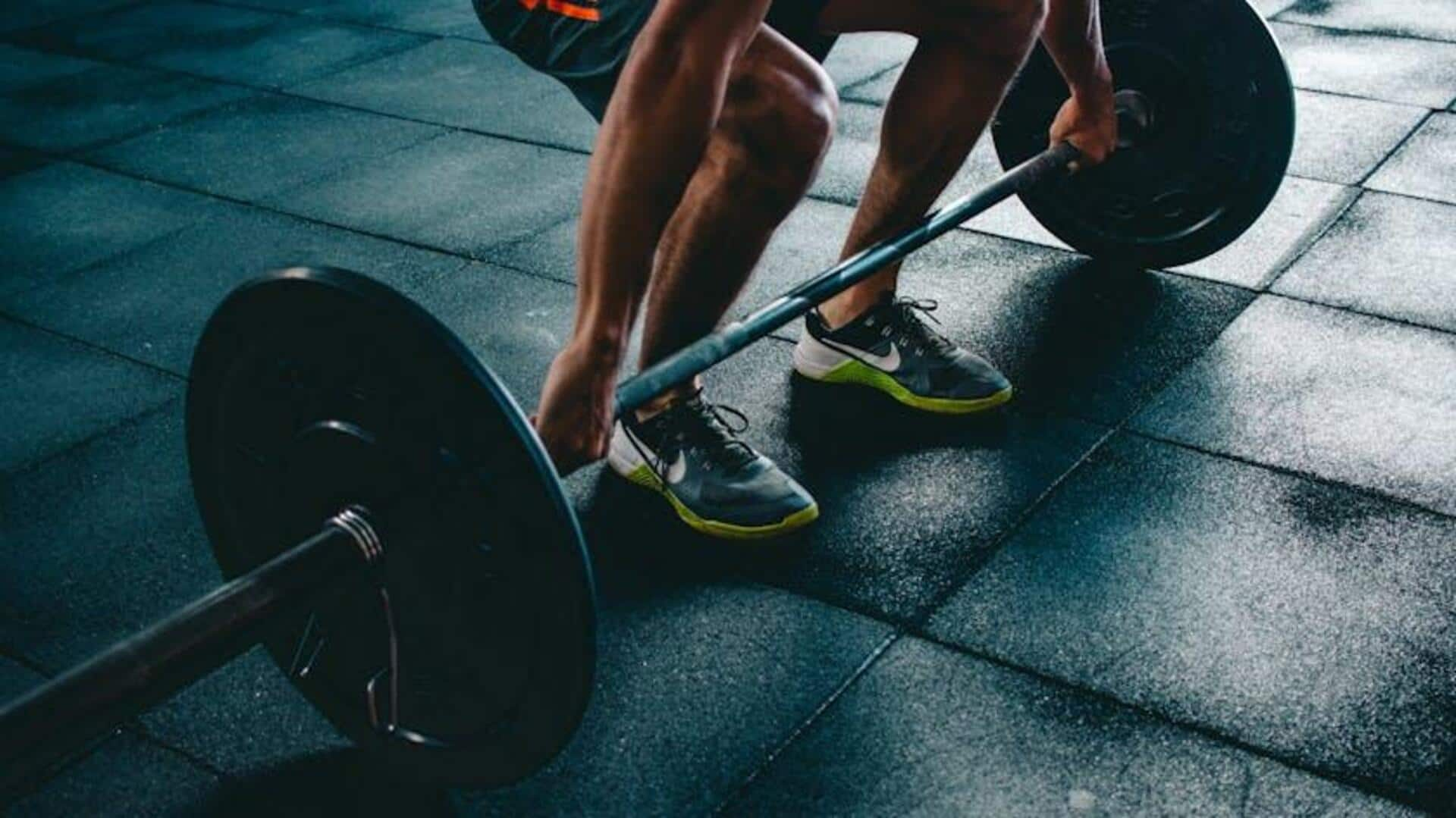
Strengthen your middle back with these exercises
What's the story
Strengthening the middle back is essential for maintaining good posture and preventing injuries. The middle back, which is often neglected, plays a major role in keeping the spine stable and supporting upper body movements. Including specific exercises in your routine can improve your strength and flexibility in this area. Here are five effective exercises to target the middle back, improve muscle tone, and promote overall spinal health.
Tip 1
Bent-over rows with dumbbells
Bent-over rows with dumbbells are an excellent exercise to target the muscles of the middle back. Start by standing with feet shoulder-width apart, holding a dumbbell in each hand. Bend your knees slightly and lean forward from your hips while keeping your back straight. Pull the dumbbells towards your waist, squeezing your shoulder blades together at the top of the movement. This exercise helps build strength in the rhomboids and trapezius muscles.
Tip 2
Seated cable rows
Seated cable rows are great for working out various muscles of the back at once. Sit at a cable machine with feet planted on the platform and grasp the handle with both hands. Pull the handle towards your torso while keeping elbows close to your body, then slowly return to starting position. This movement works on both upper and mid-back muscles, promoting muscle endurance and coordination.
Tip 3
Superman exercise
The Superman exercise is a bodyweight movement that targets the entire back region, including the middle part. Lie face down on an exercise mat with arms extended in front of you. Simultaneously lift your arms, chest, and legs off the ground as if flying like Superman. Hold for a few seconds before lowering back down. This exercise improves core stability while strengthening the erector spinae muscles along the spine.
Tip 4
T-bar row
The T-bar row is an advanced exercise that effectively targets mid-back muscles by adding resistance through a barbell attached to a T-handle attachment. Stand over it, bend slightly at knees and hips while maintaining a neutral spine alignment throughout movement execution phases—pulling towards lower ribcage level without compromising form integrity or safety protocols involved therein.